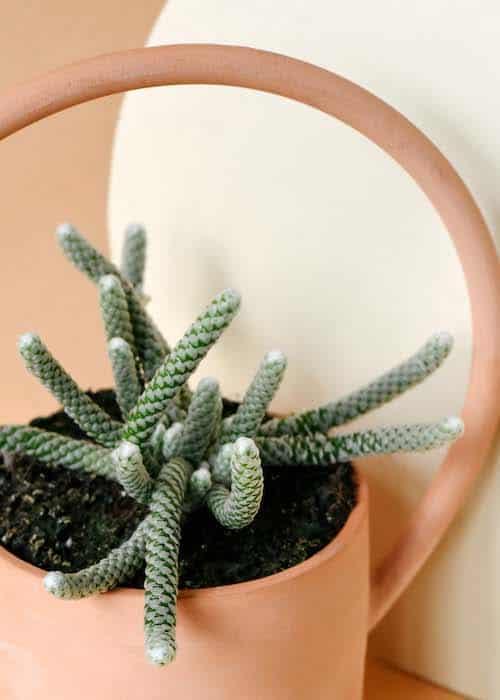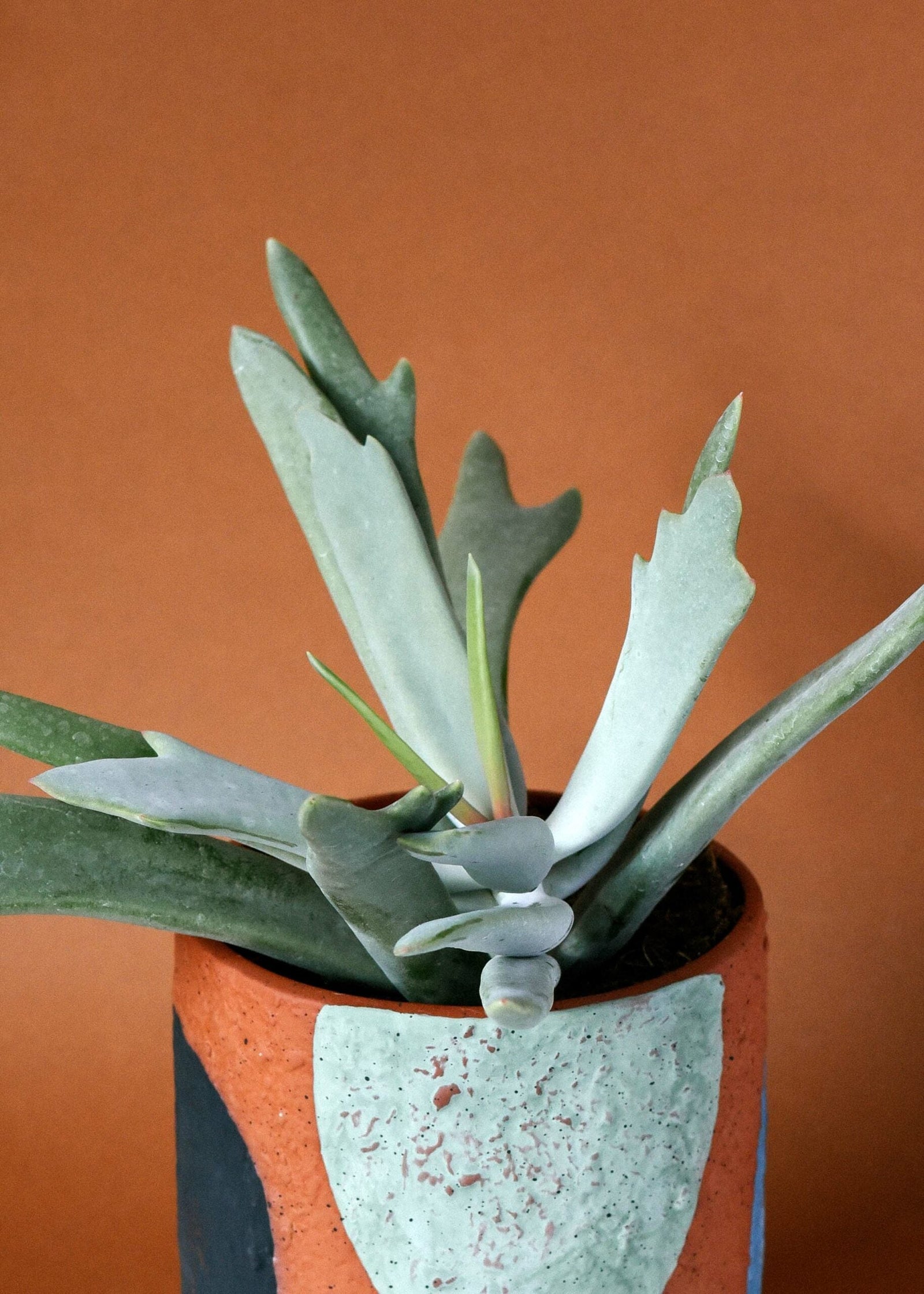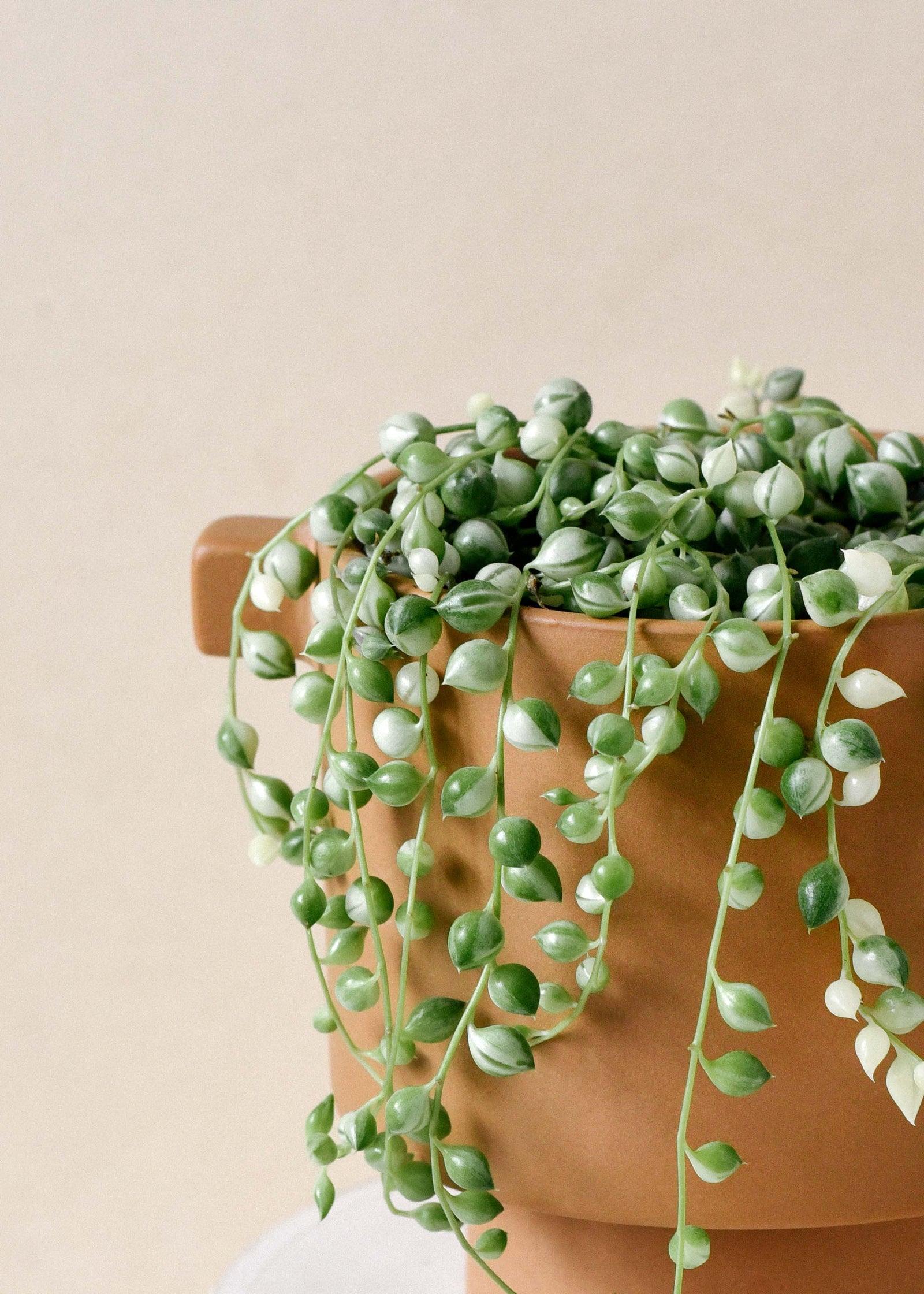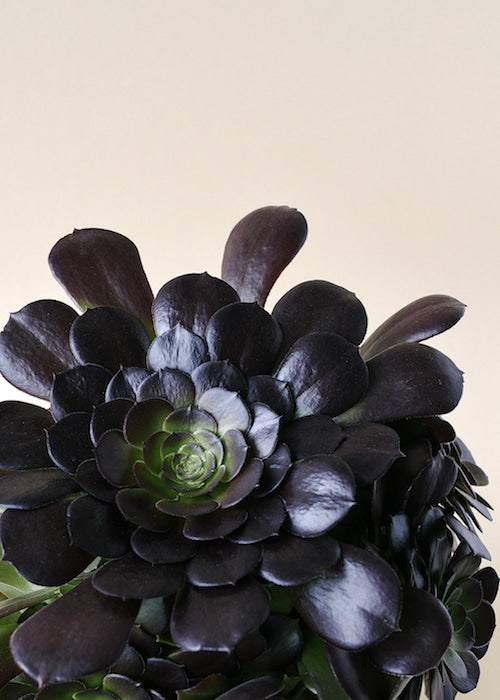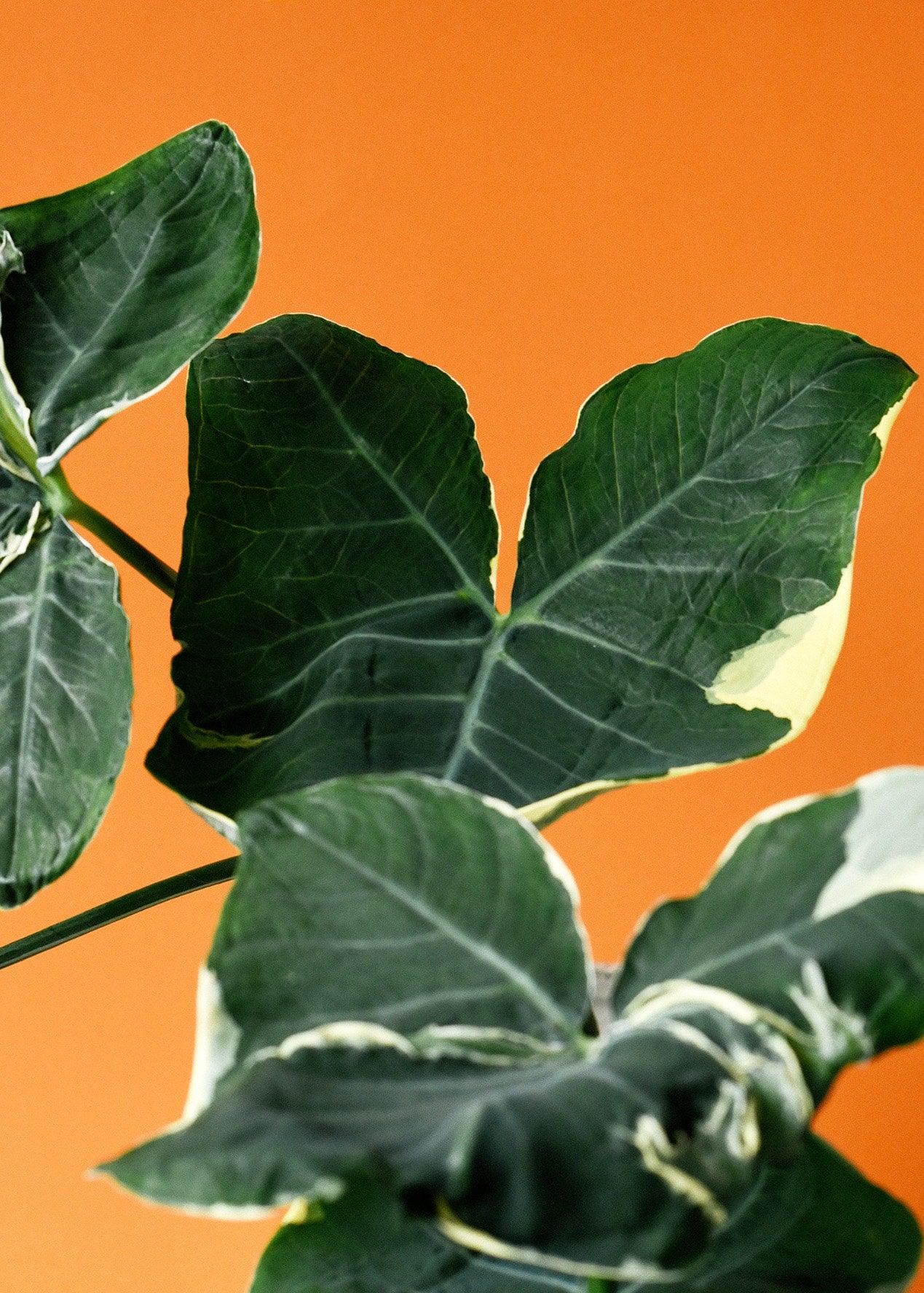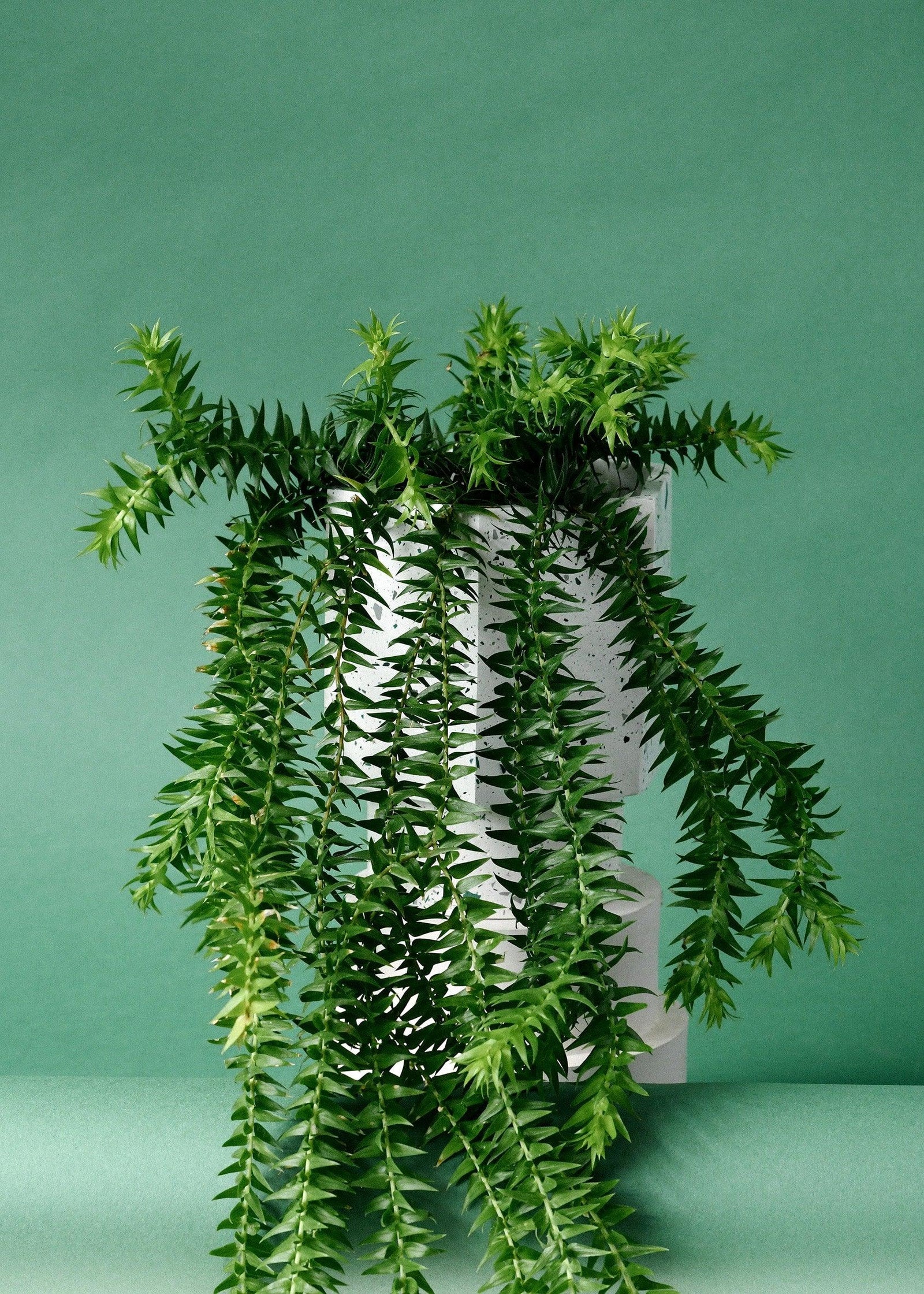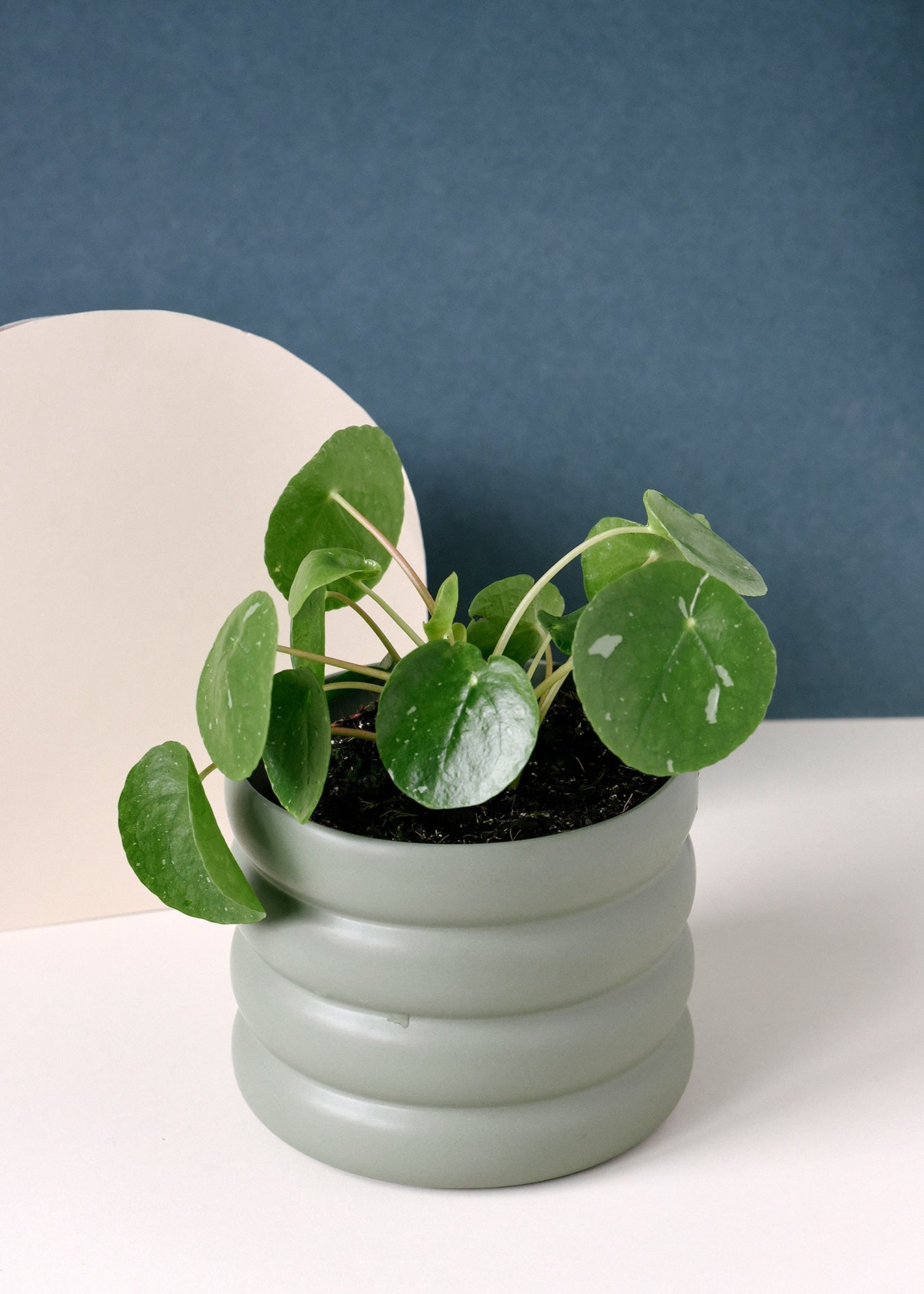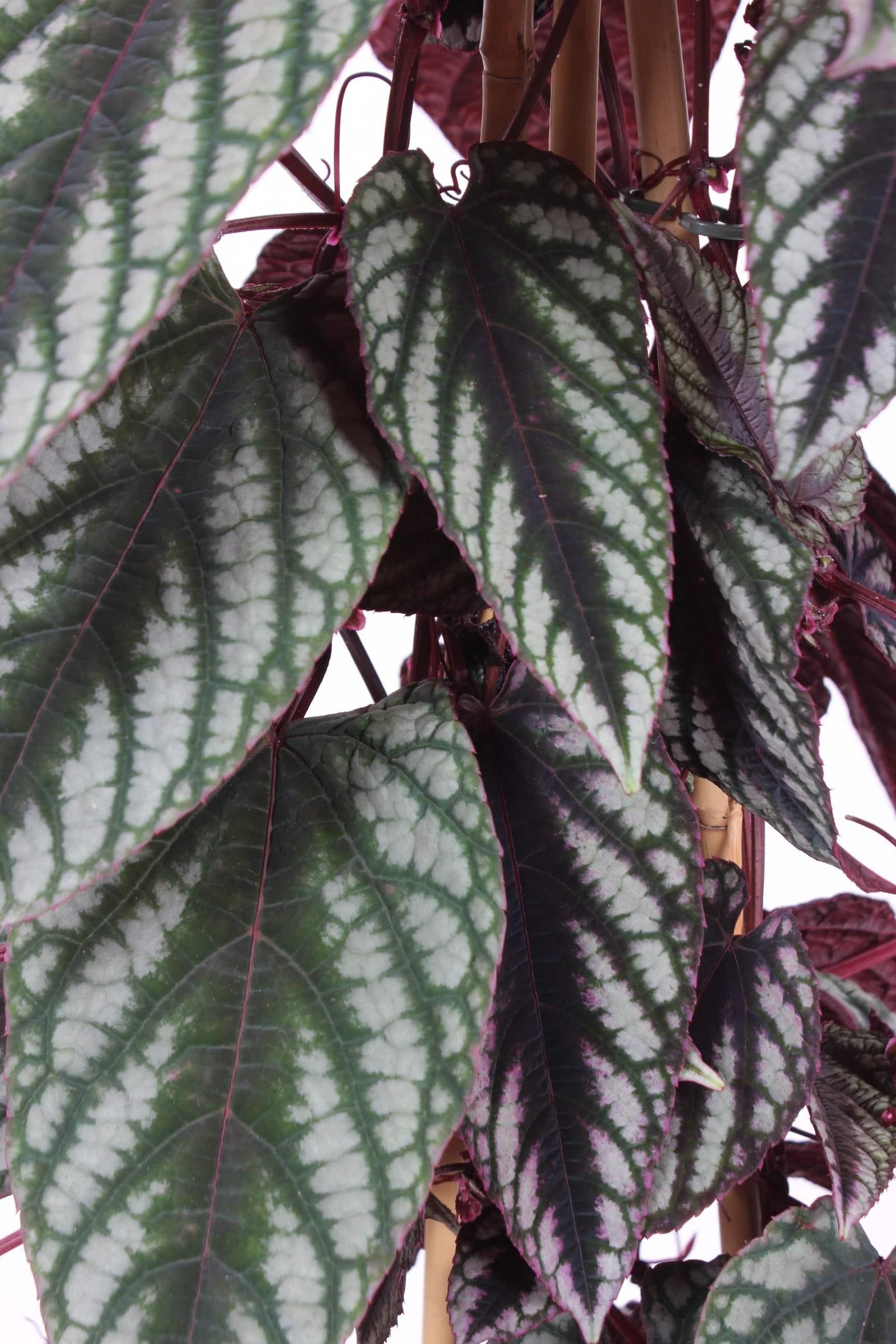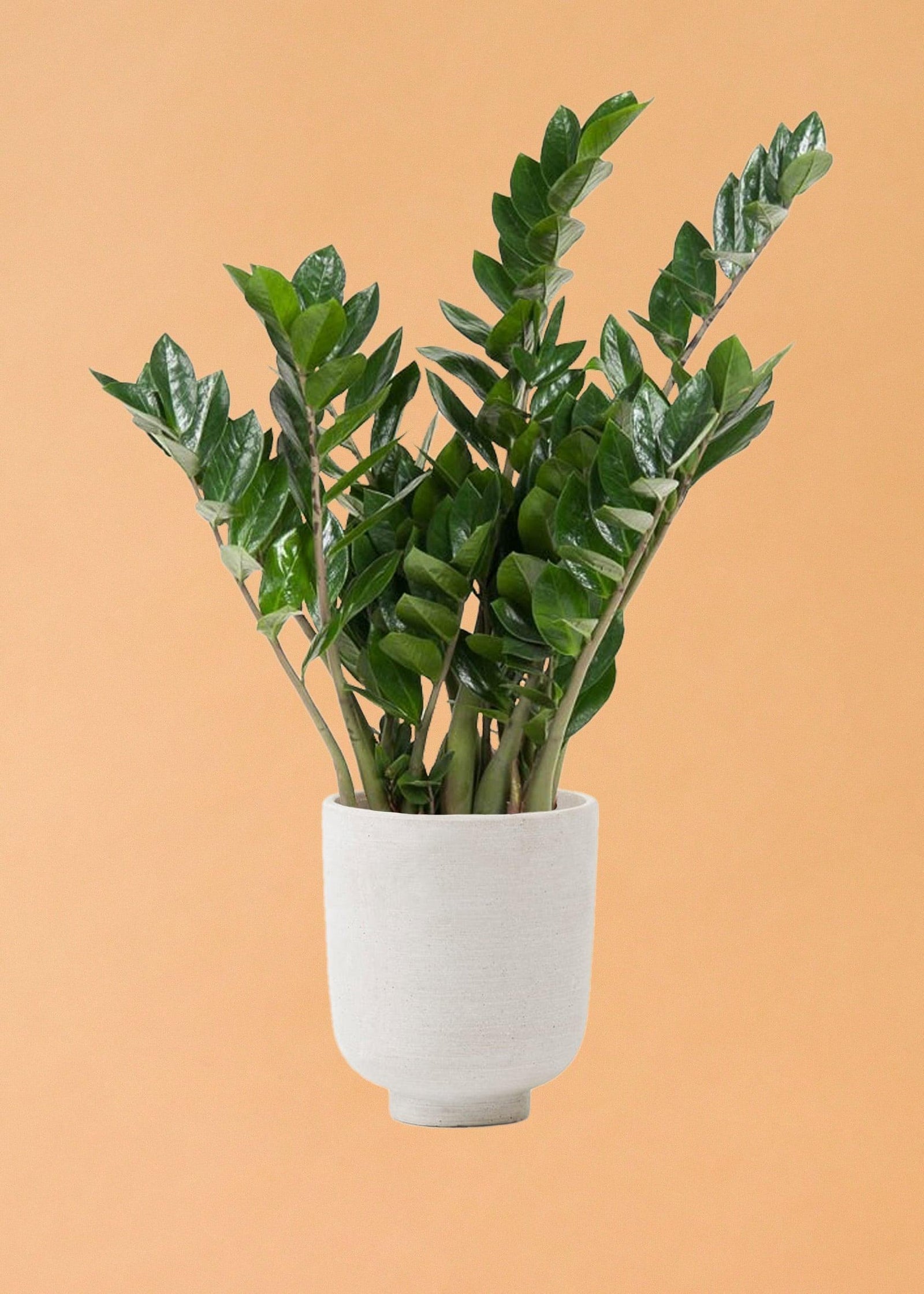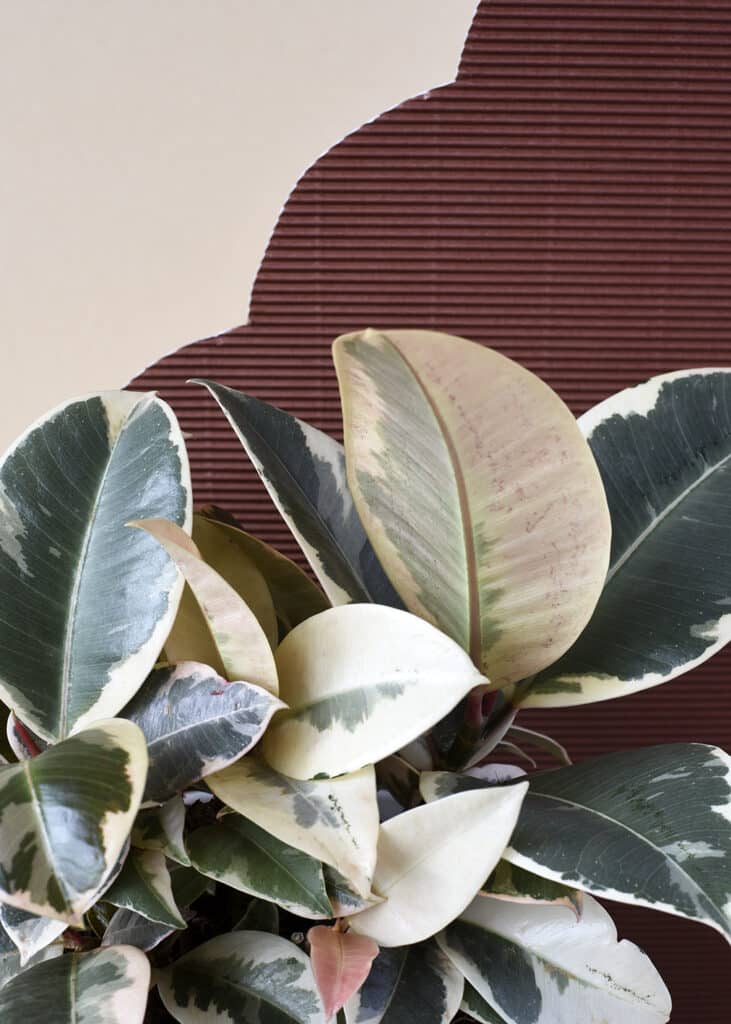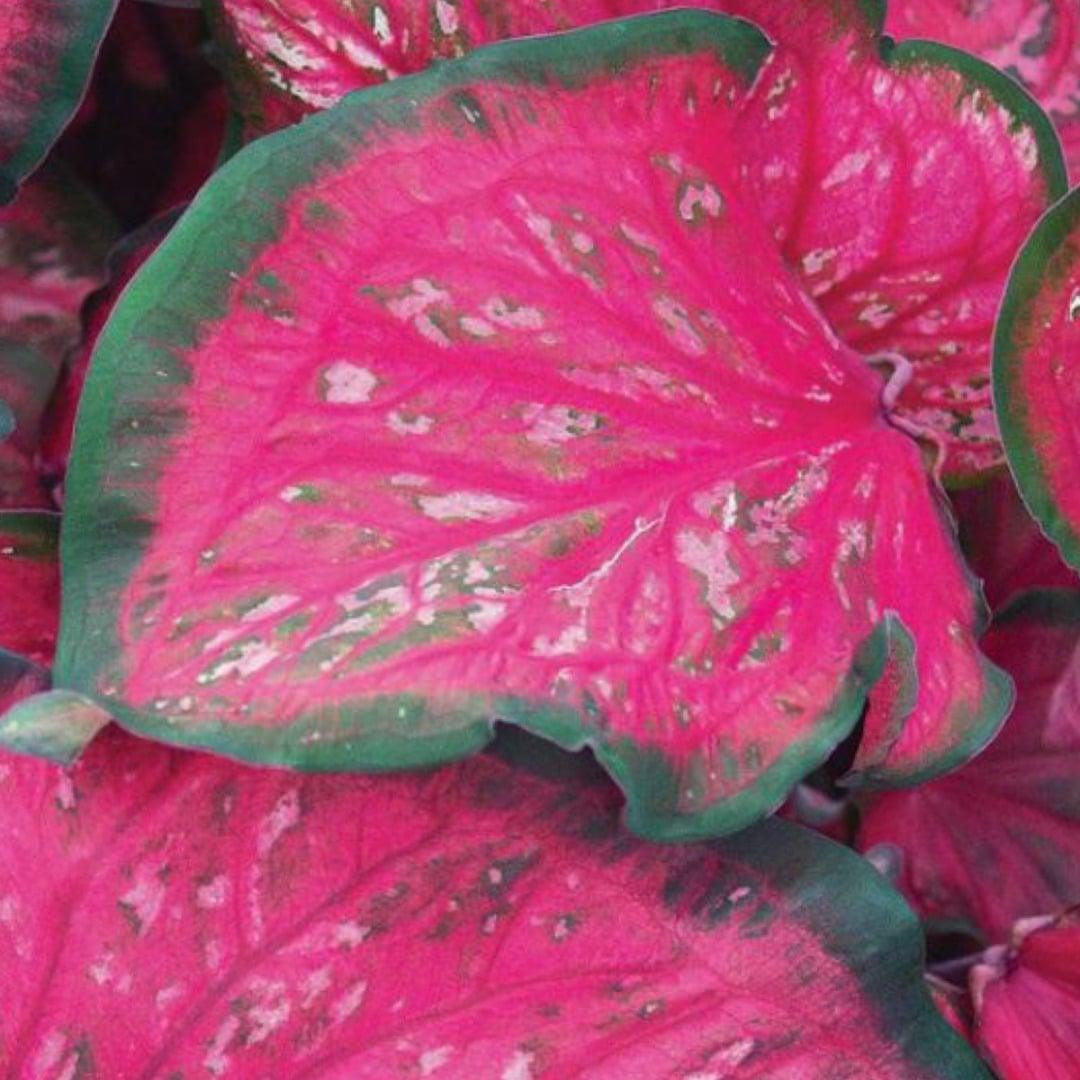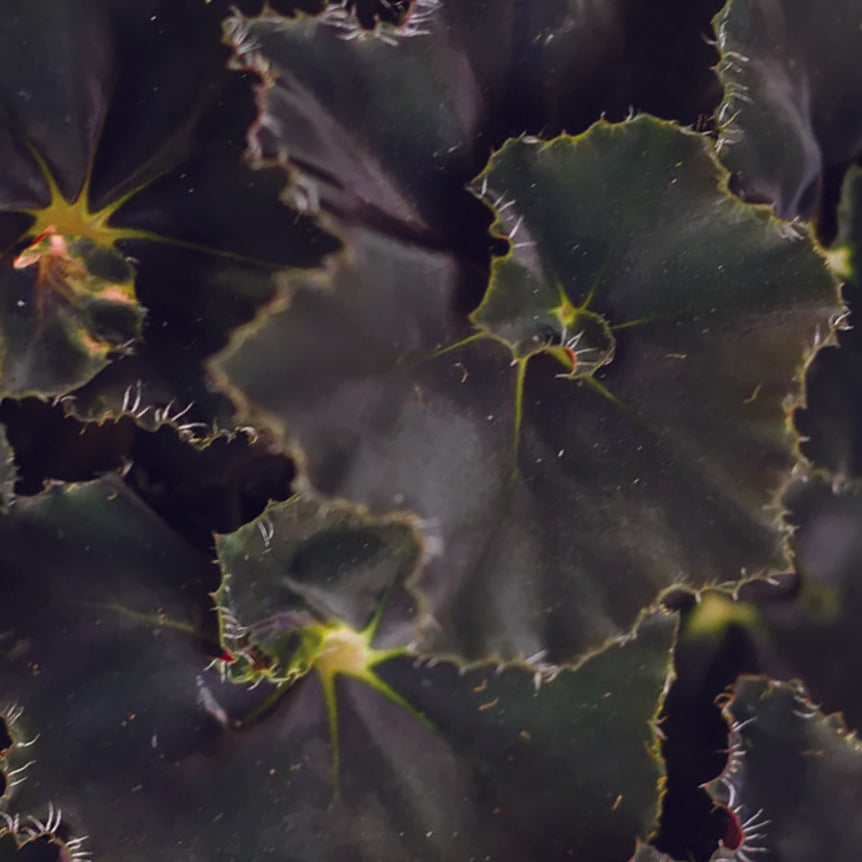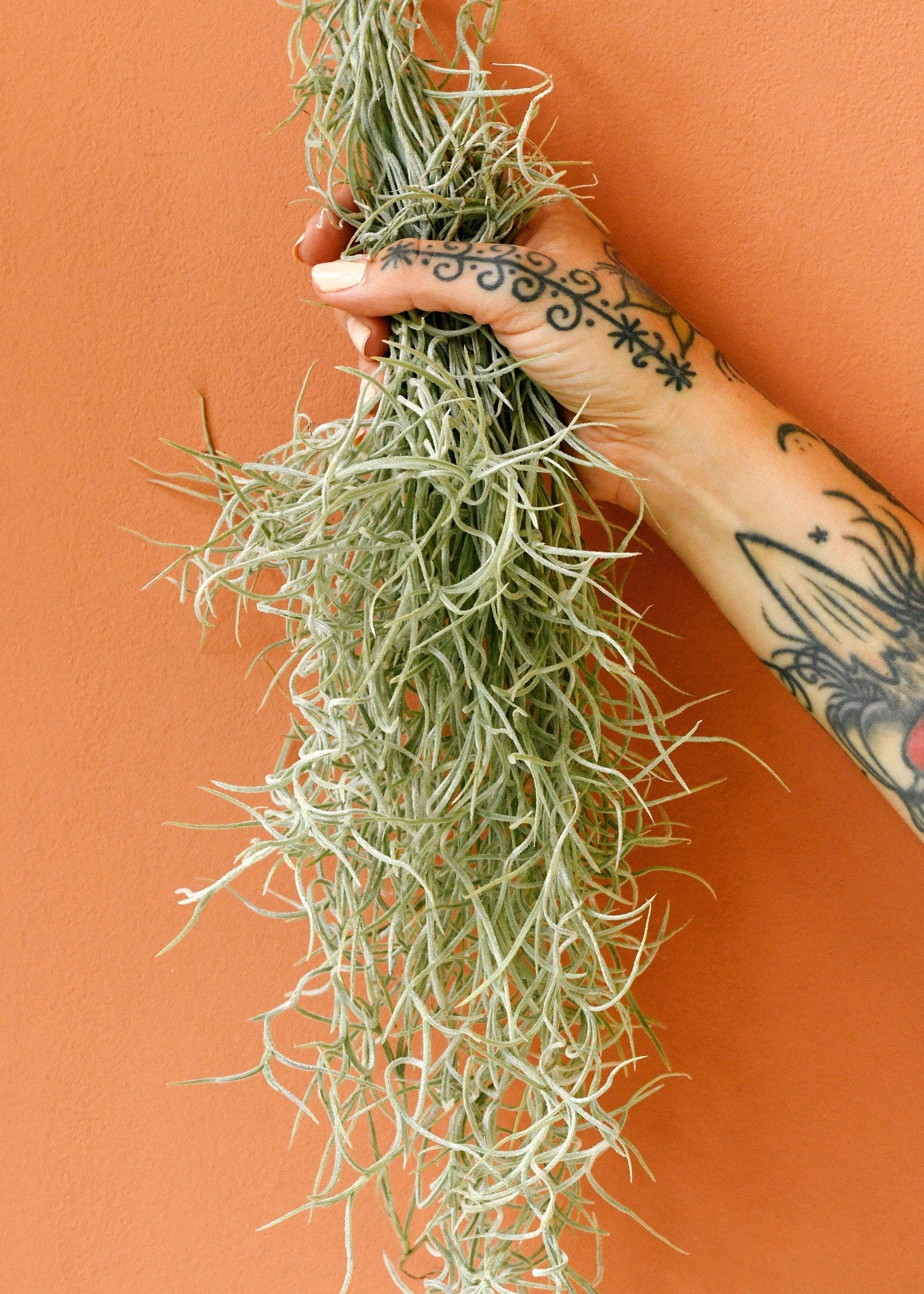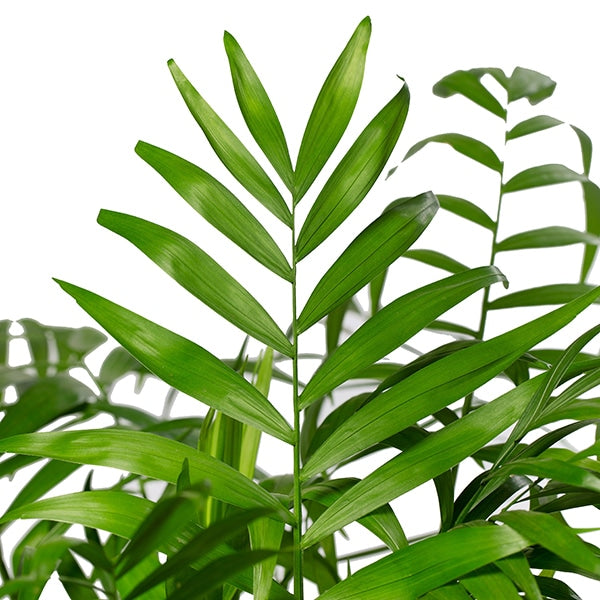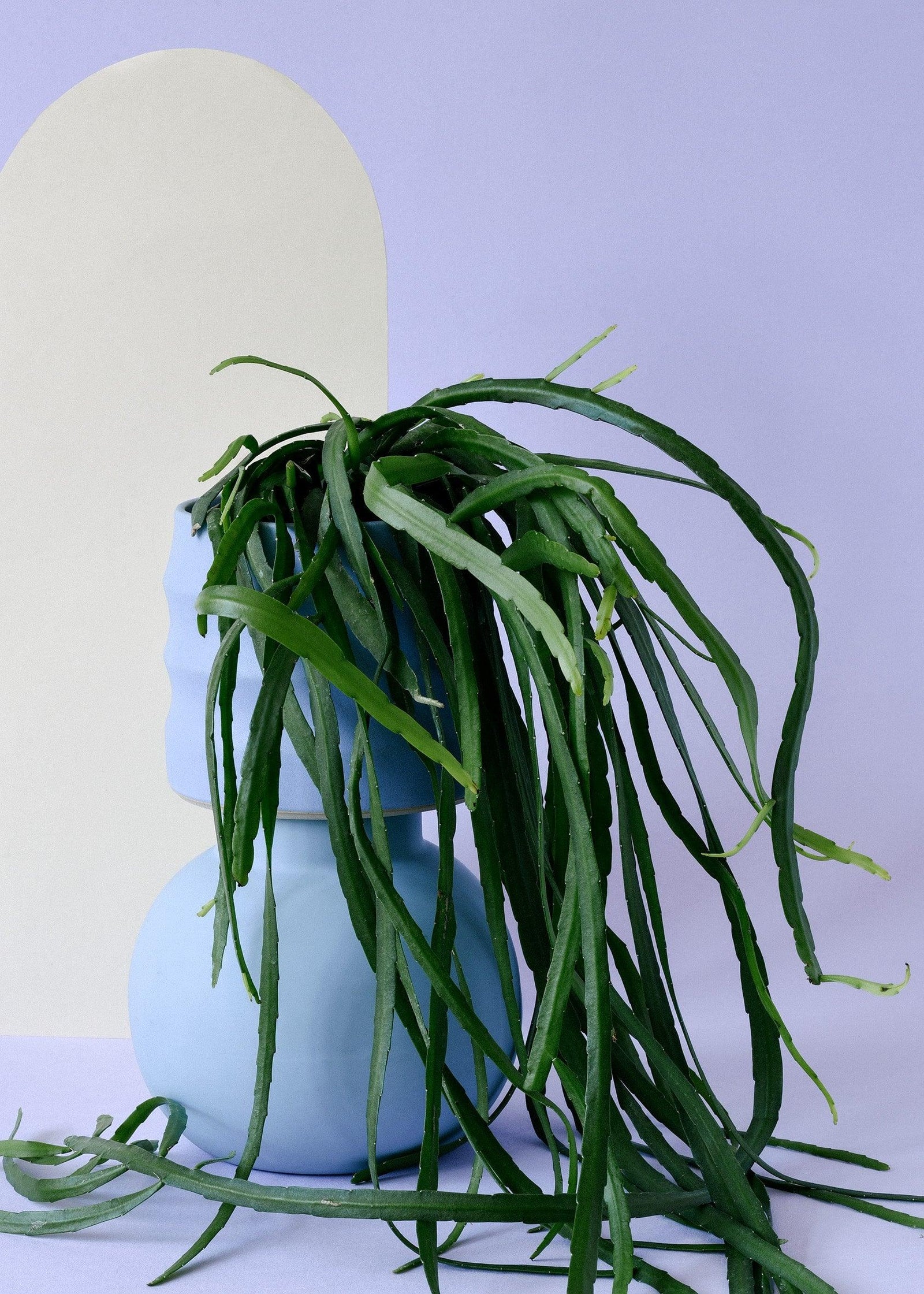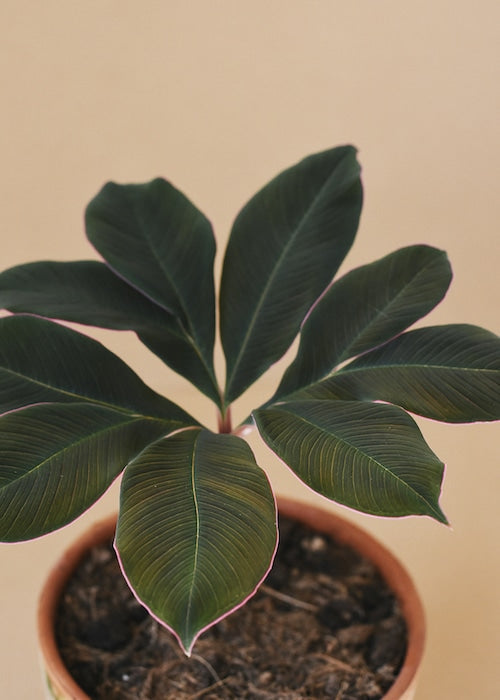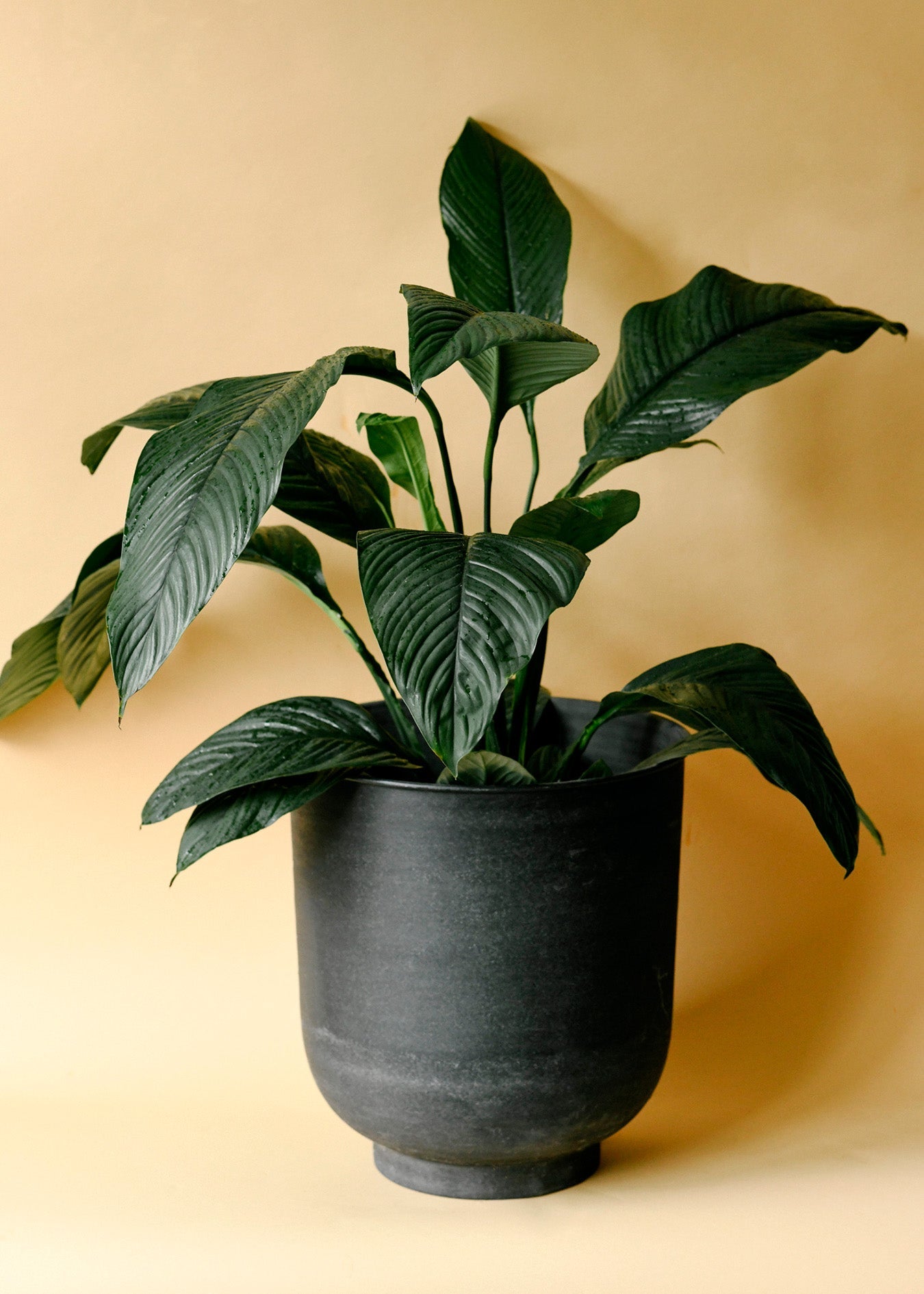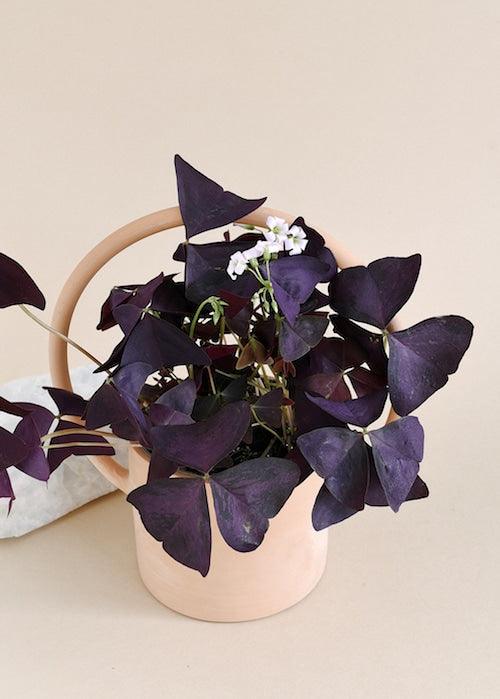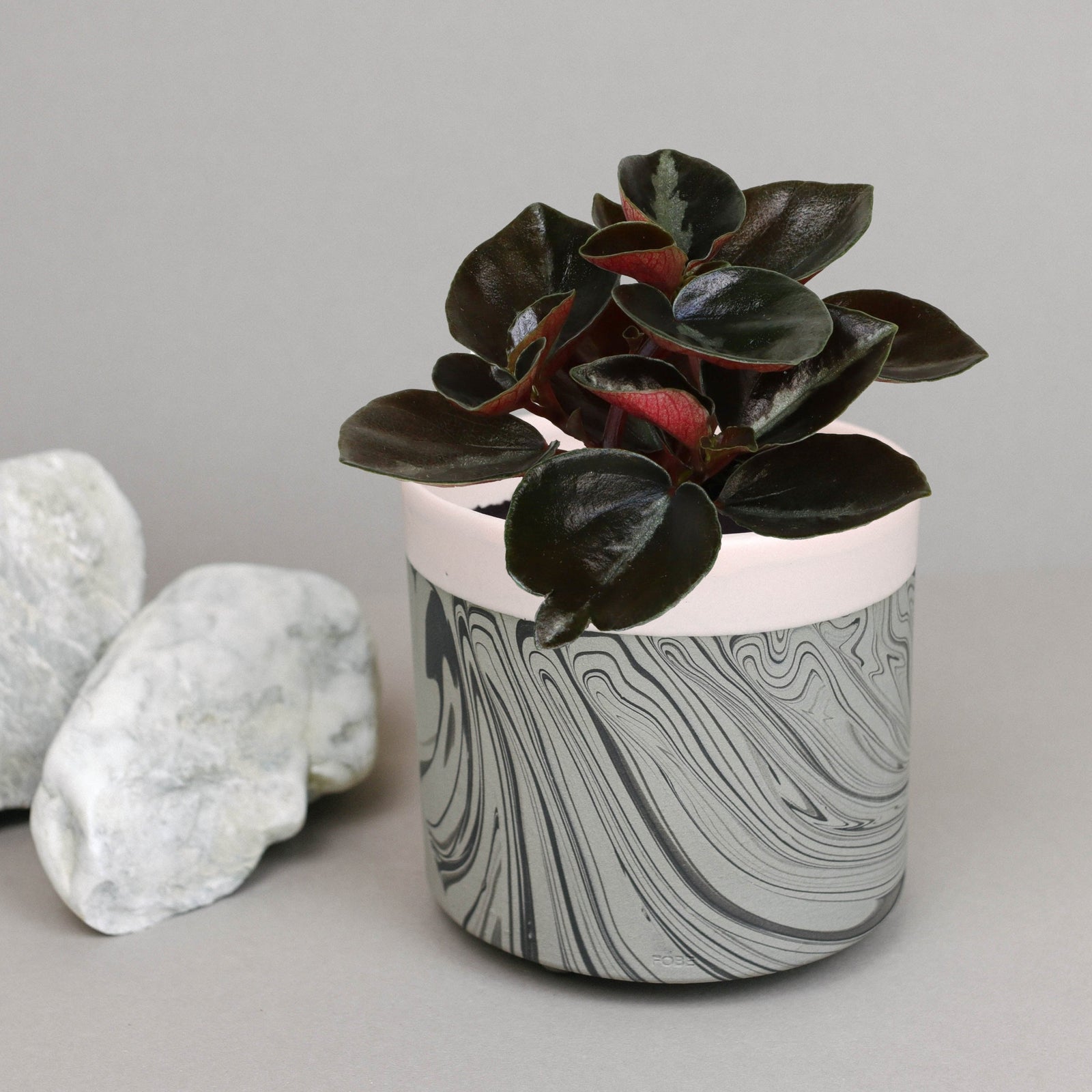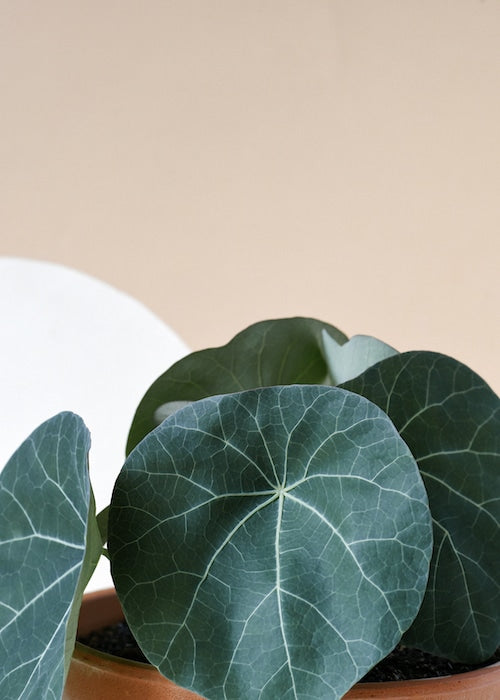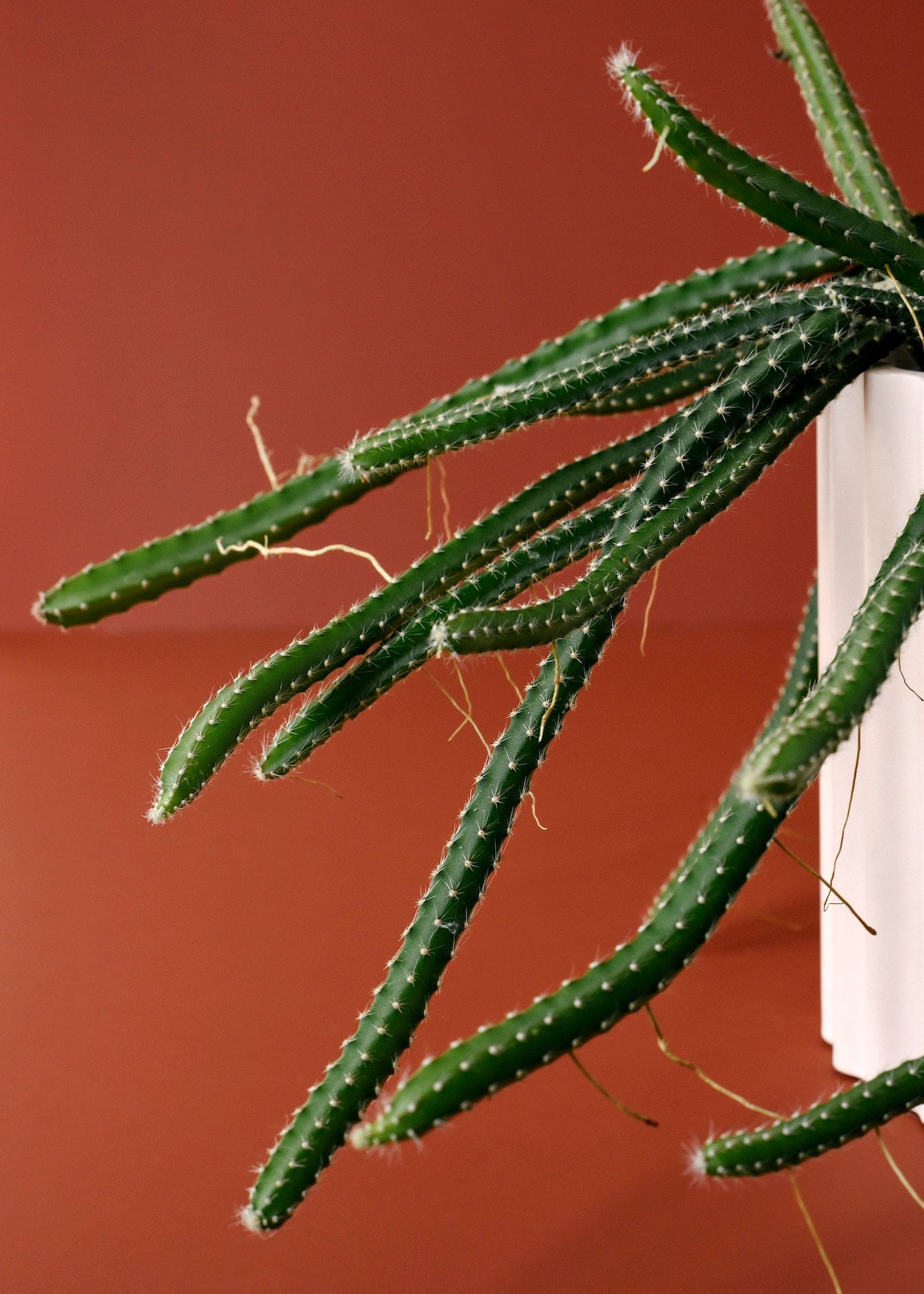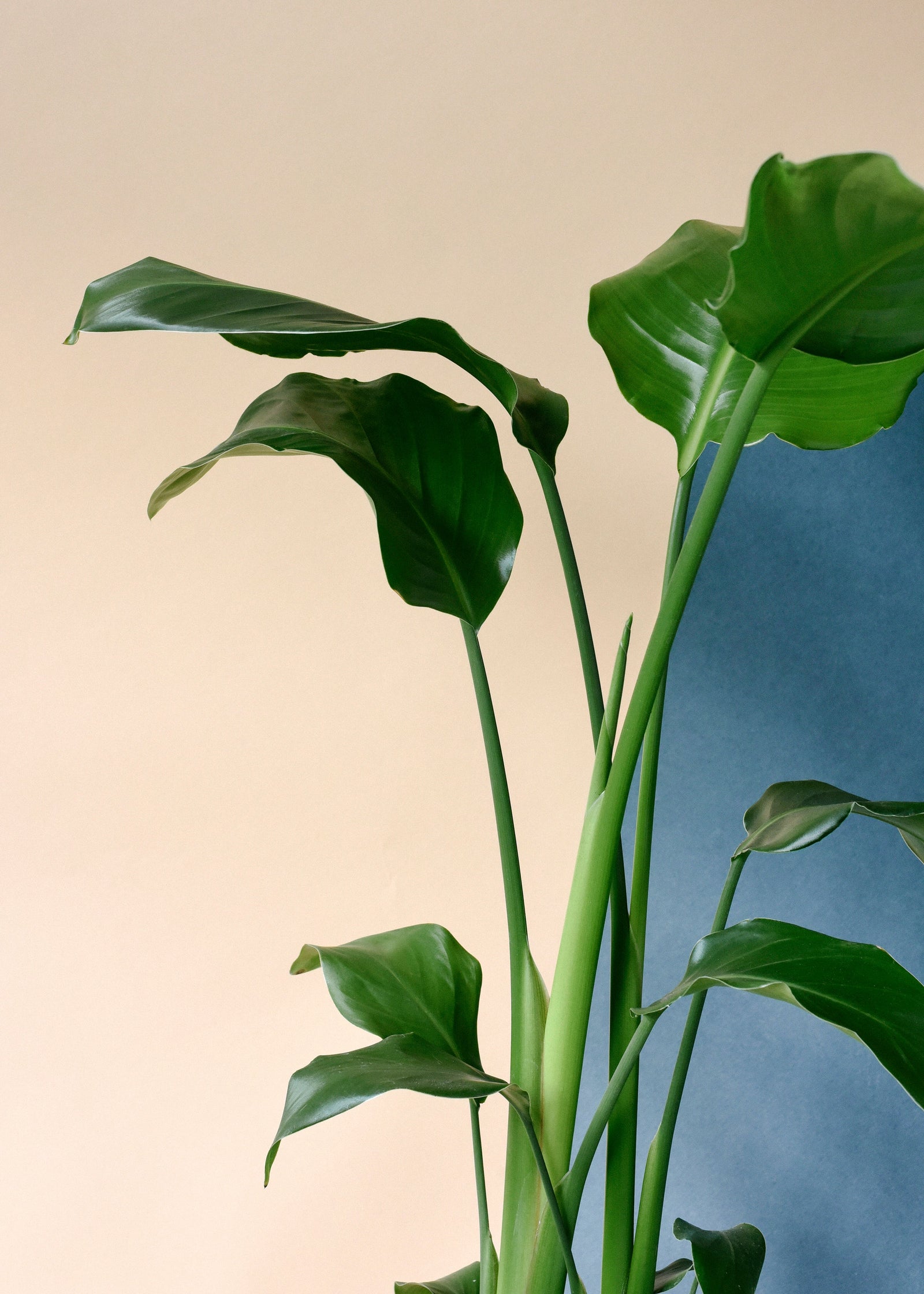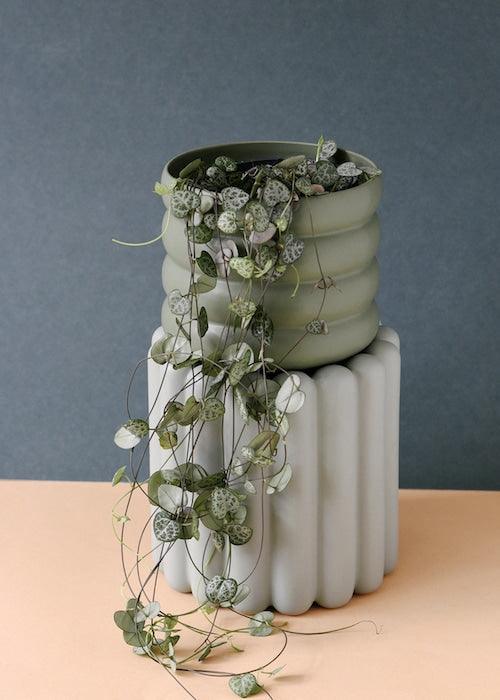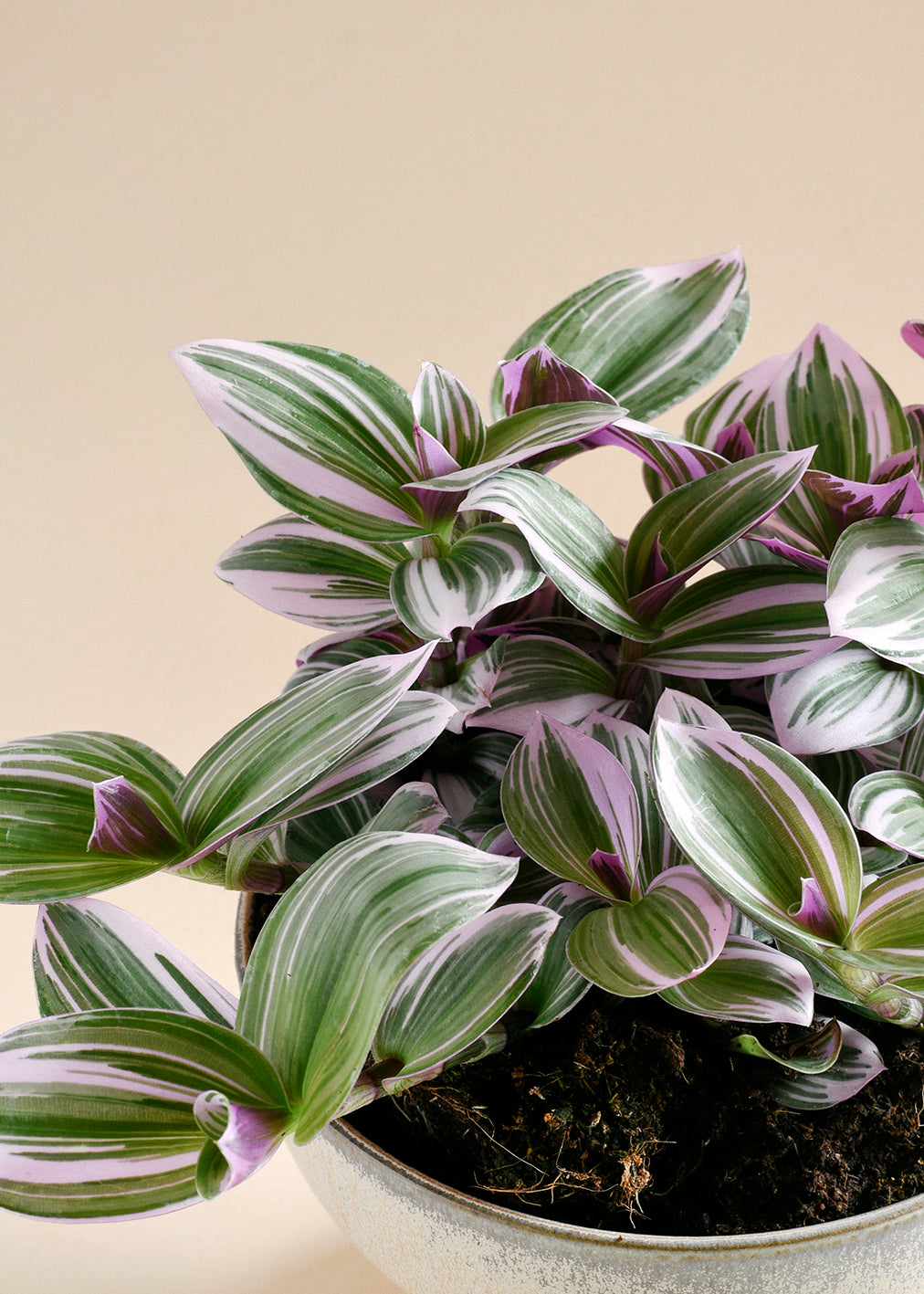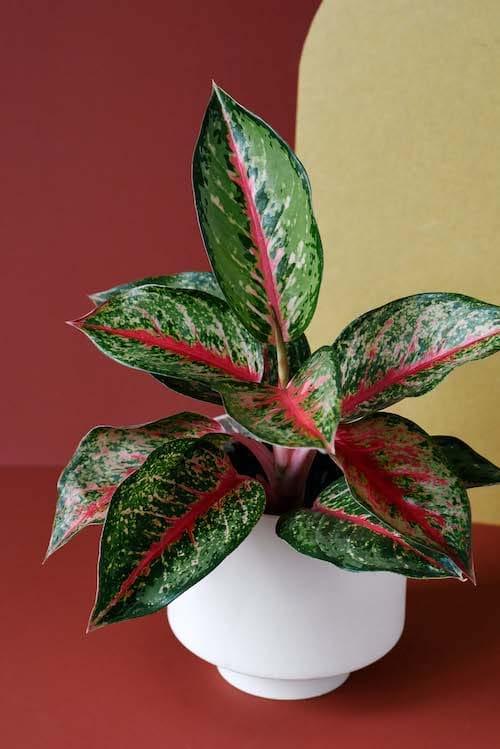Welcome to our comprehensive guide on caring for the Labisia, a lush, shade-loving plant perfect for indoor gardeners who appreciate foliage with a tropical flair. This guide will cover everything you need to know to keep your Labisia thriving, from light requirements to watering habits and more.
Care Summary
| Light | Bright, indirect light |
|---|---|
| Watering | Keep soil consistently moist |
| Humidity | High, around 90% |
| Soil | Sphagnum moss and perlite mix |
| Pruning | Minimal, to remove dead leaves |
| Toxicity | Non-toxic to humans and pets |
Lighting Tips
Labisia plants thrive in bright, indirect light but should be kept out of direct sunlight to prevent leaf burn. A north-facing window or a spot that receives filtered light is ideal for these delicate plants.
Watering Advice
Keep the Labisia's potting mix moist but not waterlogged. These plants prefer a consistent level of moisture, so regular checks are necessary to maintain the ideal soil condition. Overwatering can lead to root rot, so ensure proper drainage.
Optimal Humidity Conditions
High humidity is crucial for the Labisia, mimicking its natural rainforest habitat. A humidity level of around 90% is ideal. This can be achieved by placing the plant in a terrarium or using a humidifier.
Soil Requirements
The best growing medium for Labisia is a mix of sphagnum moss and perlite. This combination allows for excellent moisture retention while providing enough aeration for the roots.
Pruning and Maintenance
Pruning is minimal with Labisia plants. Regularly remove any yellowed or dead leaves to keep the plant healthy and prevent any potential disease spread.
Why We Love It
We love the Labisia for its minimalistic yet striking appearance, ease of care, and its ability to adapt to indoor environments with high humidity. Its non-toxic nature makes it a perfect choice for households with pets or children, adding a touch of tropical beauty without the worry.



